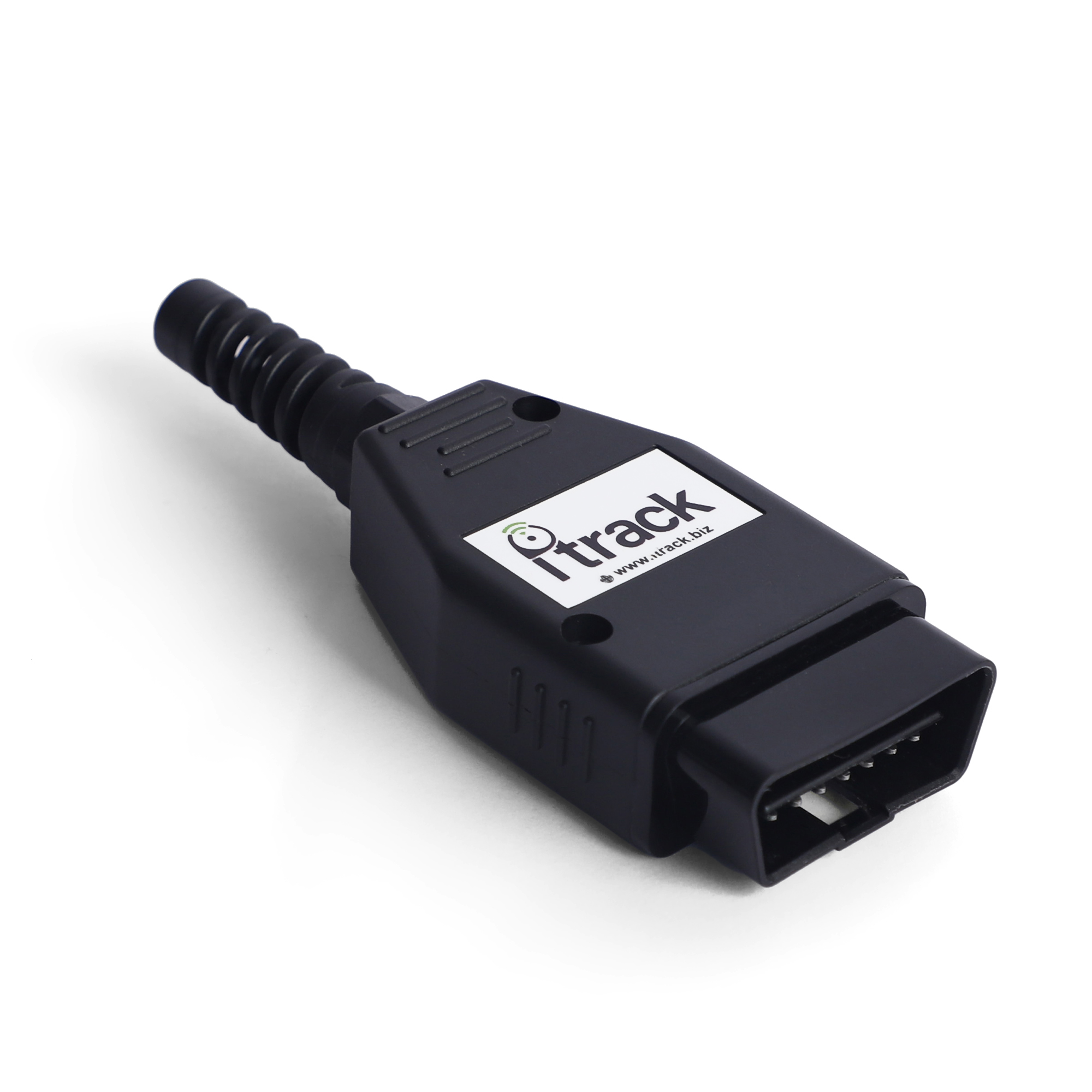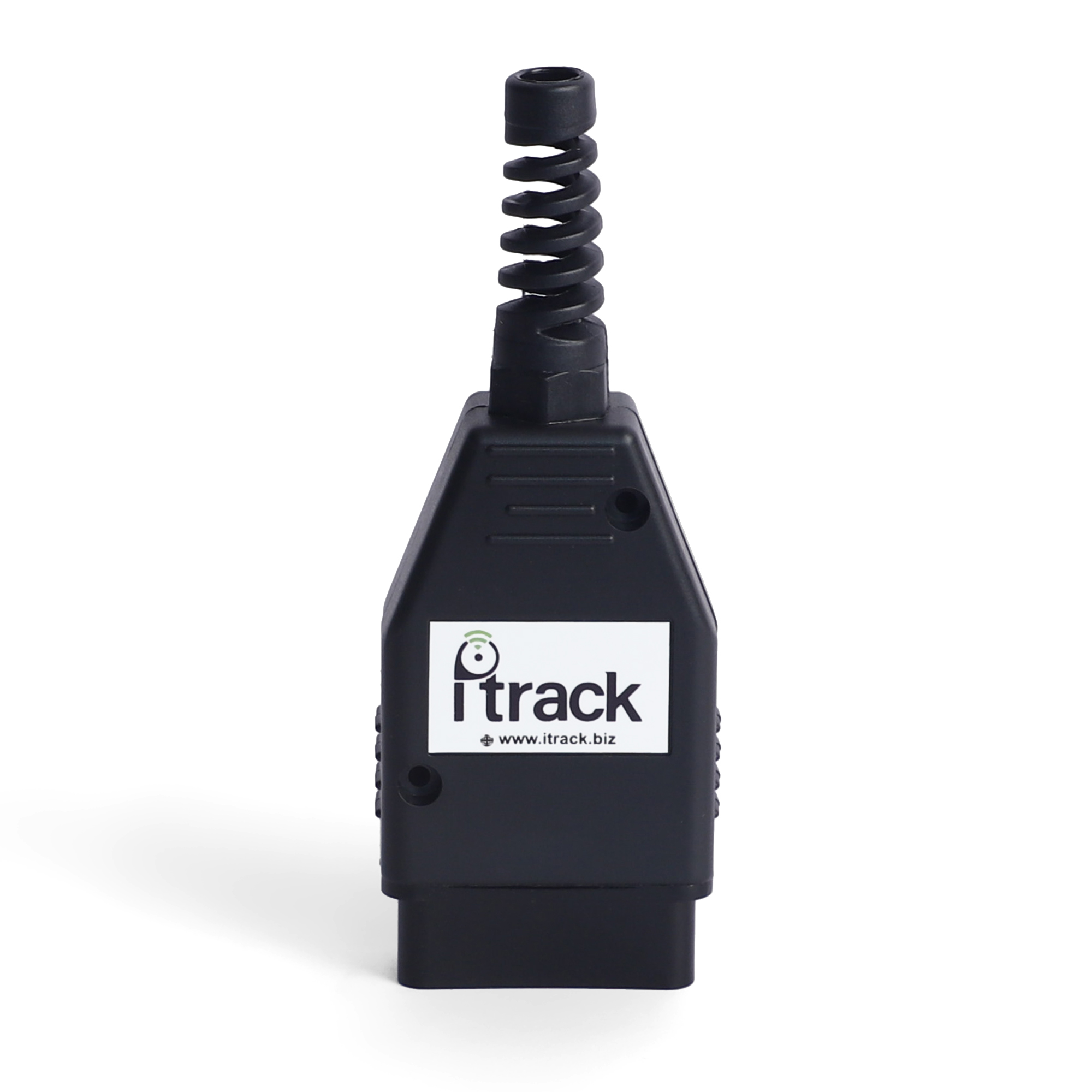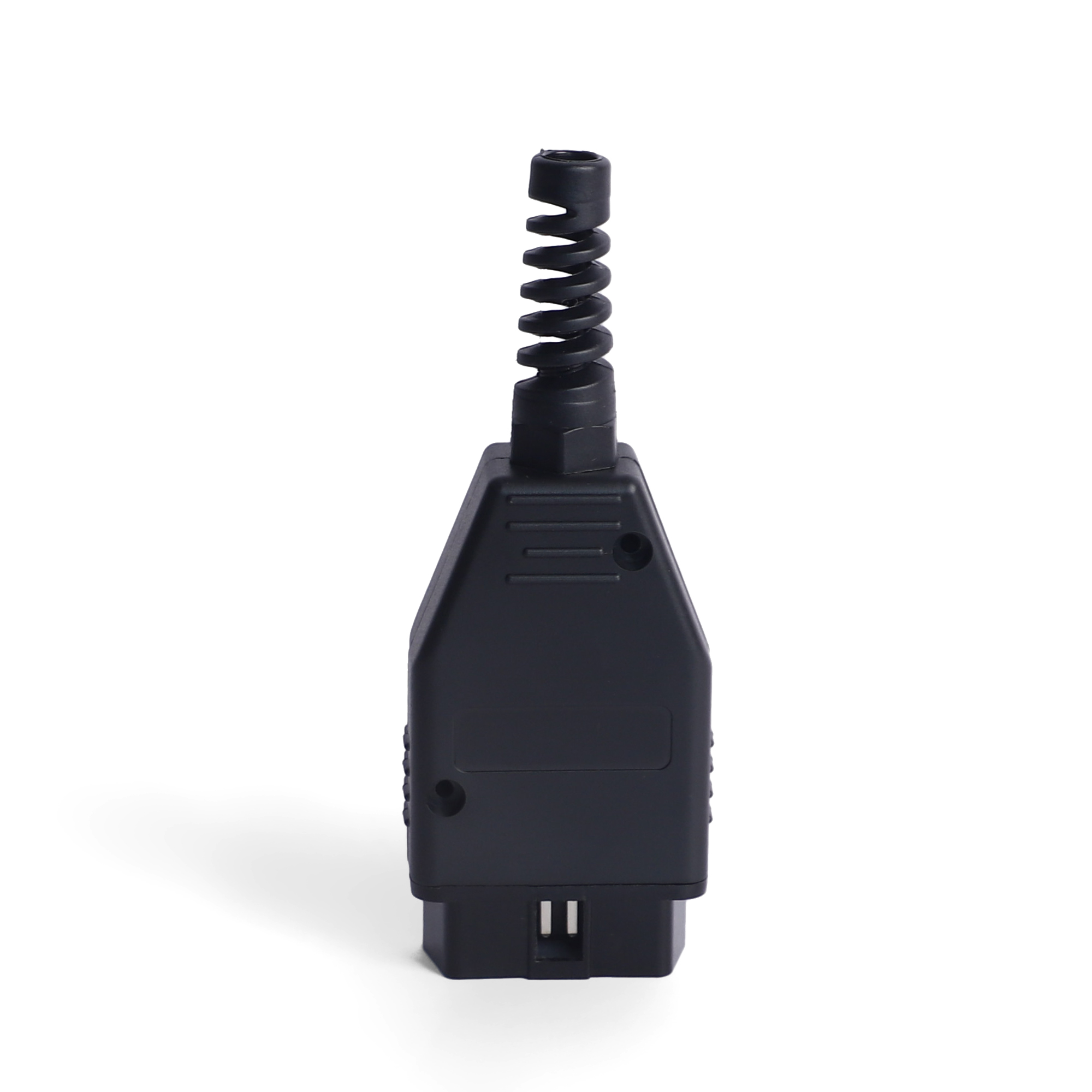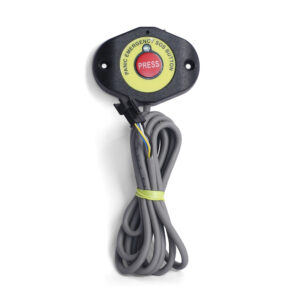OBD CAN
Contact UsOBD CAN
OBD (On-Board Diagnostics): OBD refers to the capability of a vehicle’s computer system to self-diagnose and report any potential malfunctions or issues. It is designed to monitor various components and systems within the vehicle, including the engine, transmission, emission control systems, and more. The primary purpose of OBD is to detect and report any faults or abnormalities, allowing technicians to identify and address problems quickly.
There are several generations of OBD systems, with OBD-II being the most widely used and standardized system. OBD-II was introduced in the mid-1990s and is now mandated by law in many countries, including the United States. It uses standardized diagnostic trouble codes (DTCs) to indicate specific issues or malfunctions. These codes can be read by diagnostic tools or scanners, enabling technicians to pinpoint the problem areas.
CAN (Controller Area Network): CAN is a communication protocol that allows various electronic control units (ECUs) within a vehicle to exchange information with each other. It was developed in the 1980s by Bosch and has become the de facto standard for in-vehicle communication. CAN enables high-speed, reliable, and efficient data transfer between different systems and components, such as the engine, transmission, ABS (Anti-lock Braking System), airbags, and more.
CAN bus allows for simultaneous communication between multiple ECUs over a single two-wire network. It utilizes a differential signaling method, where the voltage difference between the two wires indicates the transmitted information. This allows for robust noise immunity and efficient utilization of the network bandwidth.
OBD-II and CAN Integration: In modern vehicles, OBD-II and CAN are closely integrated. The OBD-II system uses the CAN protocol as the communication backbone to gather diagnostic information from various ECUs and sensors. This integration enables standardized access to vehicle data, making it easier for technicians and diagnostic tools to communicate with the vehicle’s computer system.
Using the OBD-II port, which is typically located under the dashboard, diagnostic tools or scanners can establish a connection to the vehicle’s CAN bus. They can then retrieve diagnostic trouble codes, read live sensor data, and perform various diagnostic functions. This allows for efficient troubleshooting, maintenance, and repair procedures.
Moreover, the integration of OBD-II and CAN has also facilitated the development of advanced vehicle telematics systems. These systems can utilize the OBD-II port and the vehicle’s CAN bus to gather real-time data about vehicle performance, fuel consumption, driving behavior, and more. This data can be used for fleet management, insurance purposes, vehicle tracking, and other applications.
| Weight | 0.0275 kg |
| Dimensions | 5 × 2.9 × 3.9 cm |
| GSM RF Chip | HS8629G |
| GSM Channel | 850/900/1800/1900MHz |
| GPRS Class | Class 12,TCP/IP |
| Comunication Protocol | TCP |
| Body Memory | 32Mb |
| Phrase Error | -5°~5° |
| Maximum Output | 31.5 ±3 dBm |
| Maximum Frequency Error | ±0.1 ppm |
| GPS Chipset | AT191214 |
| Positioning Mode | GPS |
| Frequency | L1, 1575.42mHZ C/A Code |
| Number of Channels | 72 |
| Positioning Accuracy | <10 meters |
| Tracking Sensitivity | -163 dBm |
| Capture Sensitivity | -148 dBm |
| Positioning Time | Avg. hot start <2s
Avg. warm start <28s Avg. cold start <38s |
| Device Agreement | GT06 Protocol Default |
| Operating Voltage Range | 9-36 V |
| Working Current | 22mA (12V) / 12mA (24V) |
| Quiescent Current | 3 mA |
| Battery | 80 mAh |
| Continuous Working Time | 2h |
| Continuous Stationary Battery Life | 4h |
| Storage Capacity of Blind Spot Track Points | 400 |
| Operating Temperature | -20°C ~ +70°C |
| Working Humidity | -40°C ~ +85°C |
| Dimensions | L 73.0mm * W 33.0mm * H 20.75mm |
| Weight | 27.5g |
| Waterproof and Dust Grade | IP65 |






